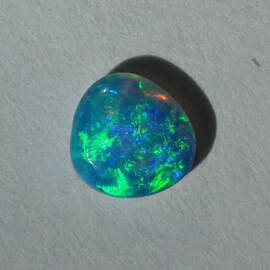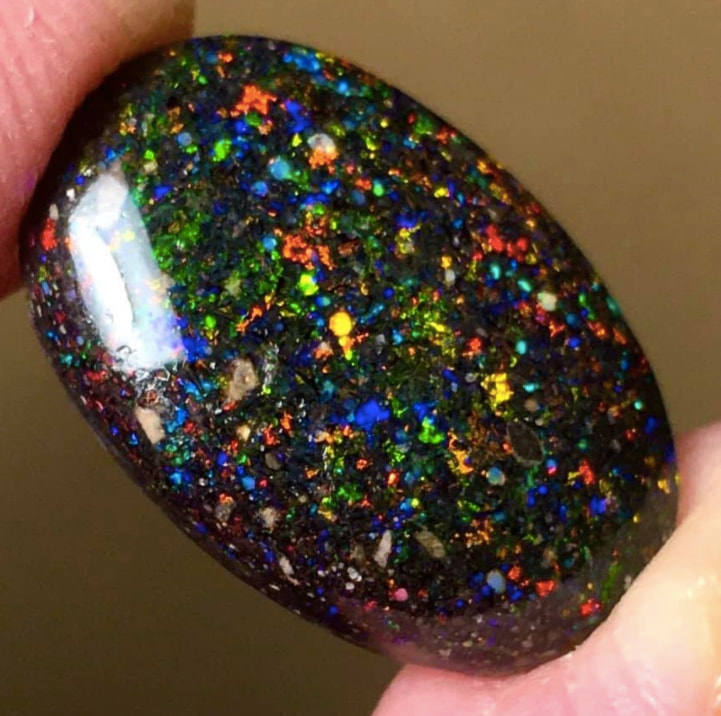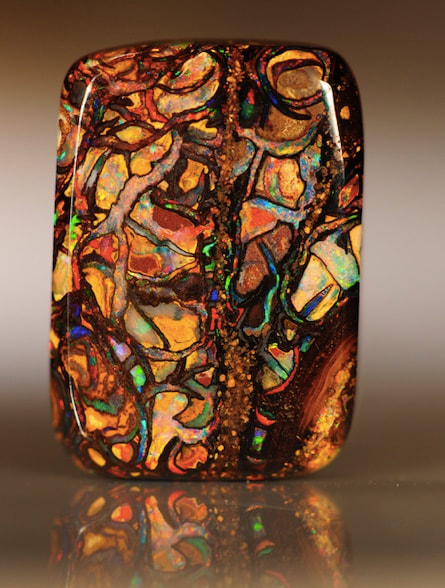A general overview of opal....
There are many countries in the world that have produced opal, not all of it is stable. There are three main forms of opal; Precious opal, which has play of colour and fiery flashes. Hydrophane opal which is formed under volcanic conditions, and common opal or potch, which is opal with no play of colour.
|
© Linda George Jewellery 2013 | All rights reserved
|
Share it!Click to set custom HTML
|
Web Design by Studio Baobab
|















